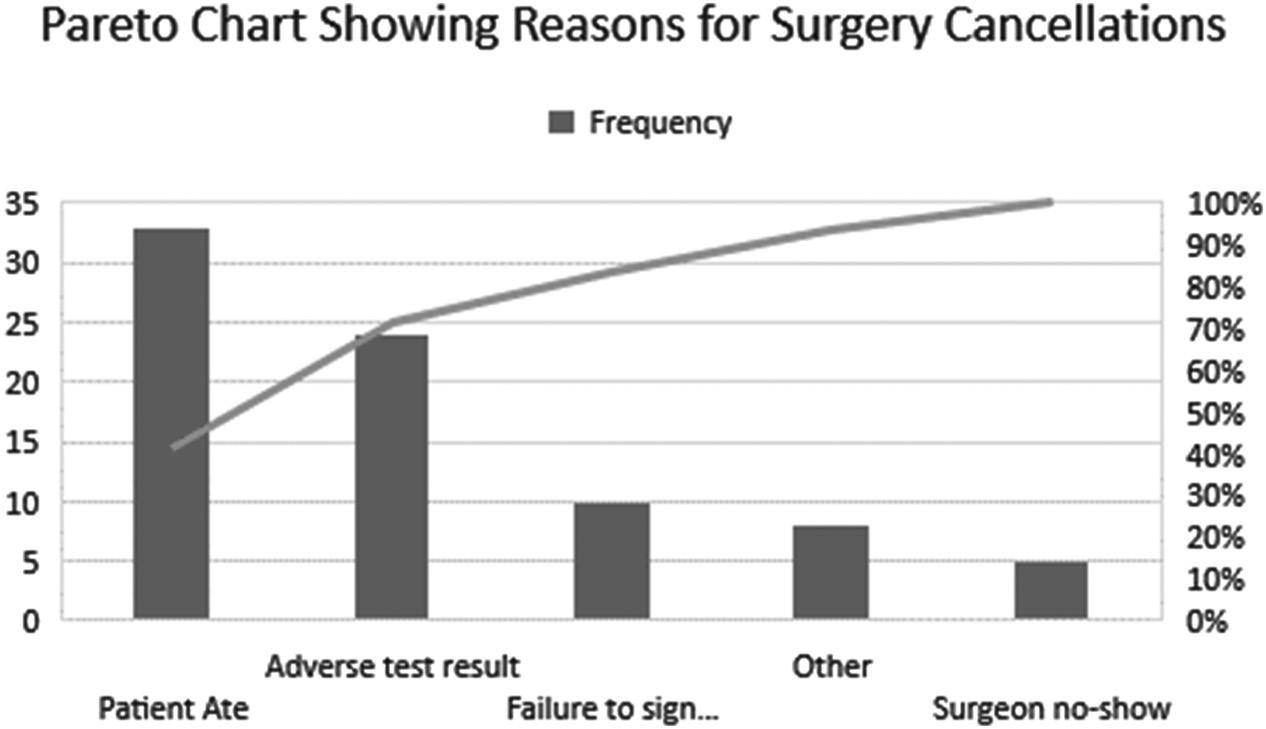Telemedicine: The Quest for Quality and Value ◾ 211
the correct diagnosis was made 96 percent of the time versus 83 percent by telephone. The percentage of patients eligible for thrombolysis was raised from 5 percent to 29 percent. In other words, the study confirmed that telemedicine is a viable evaluation tool for acute stroke. The results of the study were presented at the 2010 International Stroke Conference in San Antonio, Texas, in February 2018. These results support the hypothesis that, compared with telephone consultations, the telemedicine evaluation of stroke patients results in more accurate diagnoses, better emergency decision making, fewer complications, and encouraging long-term outcomes. Stroke Team Remote Evaluation using a Digital Observation Camera (STRokE DOC) connects stroke specialists at a hub site to a remote spoke site using an internet connection. Current data reveals that only 55 percent of Americans have access to primary stroke centers within 60 minutes. Roughly 135 million people in the United States do not have access to a primary stroke facility within an hour of their home.
Effectiveness and Process The better we manage the technical, organizational, medical, legal, and economic challenges of telemedicine, the better we can minimize the limitations of telemedical home monitoring (Jurgens et al., 2009). There has been growth in home healthcare technology in rural areas. However, a significant limitation has been the need for costly, repetitive training for patients to efficiently use their home telemedicine unit (HTU). A study by Lai et al. (2009) describes the evaluation of an architecture for remotely training patients in a telemedicine environment. This work examines the viability of a remote training architecture called Remote Patient Education in a Telemedicine Environment (REPETE). REPETE was implemented and evaluated in the context of the Informatics for Diabetes and Education Telemedicine (IDEATel) project, a large-scale telemedicine project focusing on Medicare beneficiaries with diabetes in New York state. Patients not only reported that the training was beneficial, but also showed significant improvements in their ability to effectively perform tasks on their home telemedicine unit. REPETE was determined to be an effective remote training tool for older adults in the telemedicine environment. According to Sevean et al. (2009), patients and families’ experiences of their telehealth visits centered on three key themes: lessening the burden (costs of travel, accommodations, lost wages, lost time, and physical











